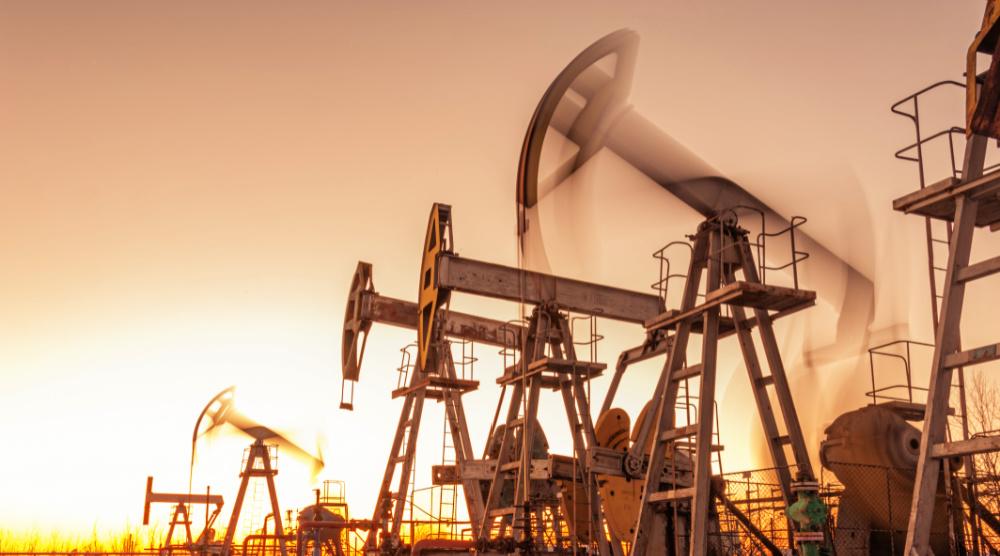How Technology Will Enable Oil to Play by New Climate Rules
As the oil and gas industry faces disruption and uncertainty layered atop evolving energy demands and hearty challenges, the imperative to change is certain on all fronts.
The oil industry is up against massive public and governmental demands to diversify from fossil fuels and hasten the energy transition. Pressure to speed up is only increasing as indicated by a recent spate of headlines. Late May saw a Dutch court rule against the oil supermajor Shell, ordering a significant and speedy reduction to the company’s carbon emissions by 45% by 2030 including reach into its suppliers and customers. Whether an appeal is successful or not, the case stands as a bellwether of significant change ahead.
Heavy industrial and energy-intensive sectors are facing a watershed moment and the need for oil companies to plan for a different future is here. A heightened focus on ESG strategies has moved to the forefront; pressure-cooked by pandemic circumstances, 2021 is shaping up to be the year systemic issues including climate change, corporate sustainability and biodiversity impacts are dissected and acted upon.
Center stage
Oil companies, including the likes of BP and Equinor, are touting net-zero goals and delivering public promises to reduce greenhouse gas emissions (GHG) across their own operations, those of their vendors and even customers. A sober assessment of the modern consumer lifestyle clearly shows that the near-term elimination of hydrocarbons from the economy is fantasy; achieving a net-zero outcome will require radical change and disruptive technology, among other strategies. Even the International Energy Agency (IEA) admits that much of the reduction in net-carbon emissions will have to come from technology that doesn’t exist yet.
In the Shell case, the Dutch court cited “the company’s own responsibility for achieving a CO2 reduction.” In the same week, Chevron witnessed 61% of shareholders pass a resolution that would force the company to reduce its Scope 3 emissions, a category defined by the Environmental Protection Agency (EPA) as “the result of activities from assets not owned or controlled by the reporting organization, but that the organization indirectly impacts in its value chain.”
Current practices for reporting Scope 3 emissions often employ estimations lacking real accountability. Instead, Scope 3 emissions must be measurable, trackable and quantifiable; narrative reporting is no longer an option. As decarbonization moves from hypothetical to realistic, aid will come in the form of technology.
The future of the industry rides on its ability to marry innovation, value, progress and changes to behavior. In order to meet the demands discussed above, as well as to also conform to anticipated Securities and Exchange Commission (SEC) requirements for ESG reporting—whether annually or quarterly, and with a degree of auditability potentially equivalent to financial statements—the oil industry must adjust its focus in radical ways.
Tech support
Long hailed as the great beyond of the internet, blockchain holds tremendous potential to solve numerous pain points within the energy system. Attributed to its inherent ability to retain immutable records of real-world events across participants, counterparties, vendors, suppliers, customers and so on, blockchain provides an unalterable, auditable source of truth.
When blockchain is deployed to automate smart contracts, the technology can reach across entire supply chains. Smart contracts tap numerous data sources, including sensors and meters like that for flare temperatures and volumes readings at gas meter wellheads, commodity hauling truck weights and other operating field data like performance records, project logs, transactional data, ticketing systems, ERPs and other available IoT connected devices. This information is then used to determine if pre-agreed terms of a smart contract have been met before automating transactions between counterparties.
Perhaps where blockchain’s biggest value prop lies—especially as the world evaluates and shifts its current scale, economics, policy and behavior around energy in favor of renewables and carbon offsets—is its ability to reliably track, measure and benchmark sustainability impact data.
Applying blockchain-backed smart contracts for ESG replaces historically unsound, self-reporting practices while lending both accountability, accuracy and cost-effective, repeatable processes to oil players looking to digest true, holistic climate impact and share progress with authorized agencies and standards bodies. On the road to carbon reduction, offsetting and credit systems, auditable ESG metrics serve as an executable route to attain ecological compliance benefits on the larger path toward decarbonization.
Other noteworthy technologies to support lower-emissions include artificial intelligence (AI) and ML for forecasting simulations and predicting supply and demand fluctuations in particular for renewables. By deploying AI and ML on data sets that digest climate physics and energy consumption, a more accurate dispatchable energy mix can be produced to create optimized, balanced output. With time of the essence, a full-court press will unfold speedily to harness the full available potential of innovation to yield more flexible information systems.
Changing the System
New climate rules require oil companies to transform operations and decipher how to track, measure and manage sustainability progress across supply chains. Doing so will require an unprecedented embracing of technology. Moving forward, sustainability should be considered a core business tenet regardless of industry, and the technology tools are finally able to support this shift. Robust innovative adoption will help reconcile the need for fast forward motion toward more climate-friendly operations.
--
This article was authored by Andrew Bruce and originally appeared at Hart Energy.



